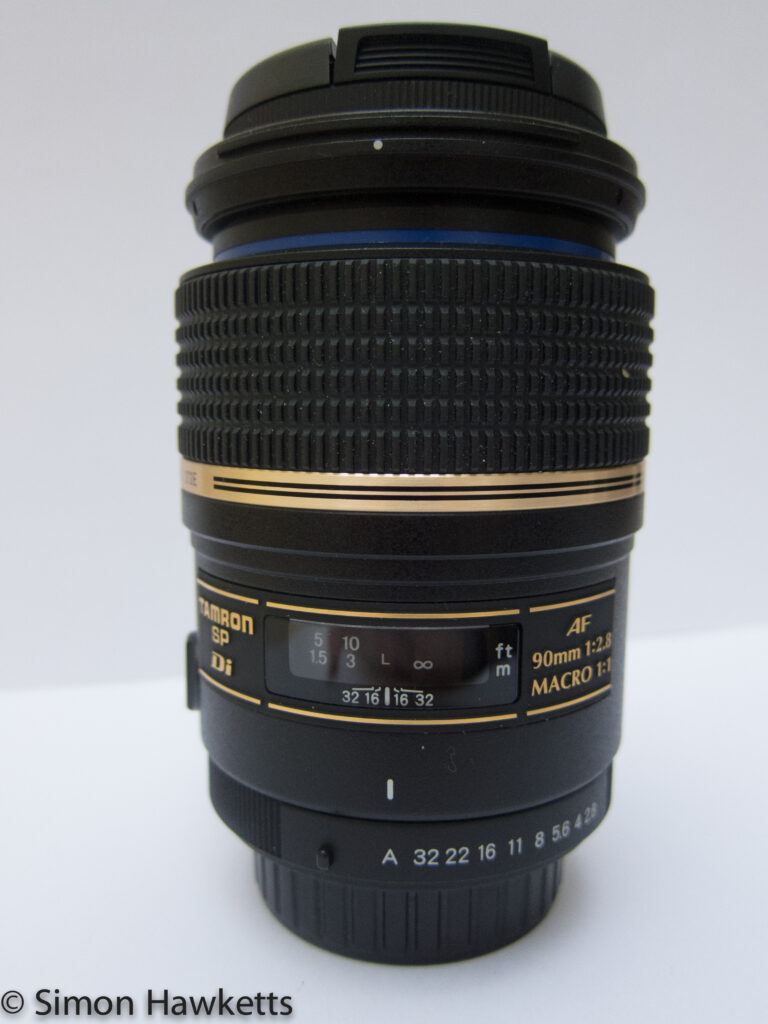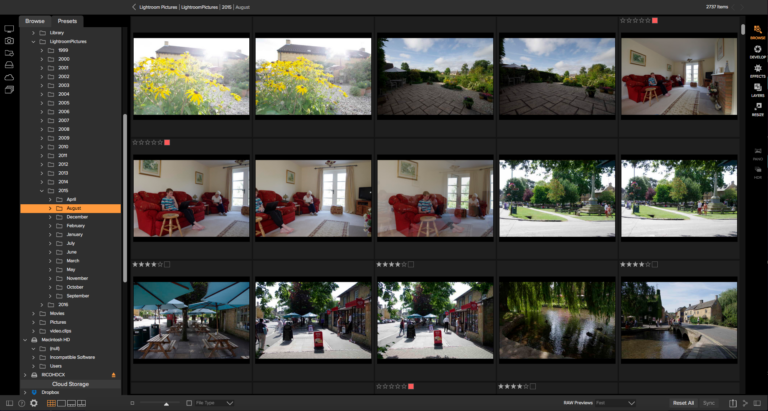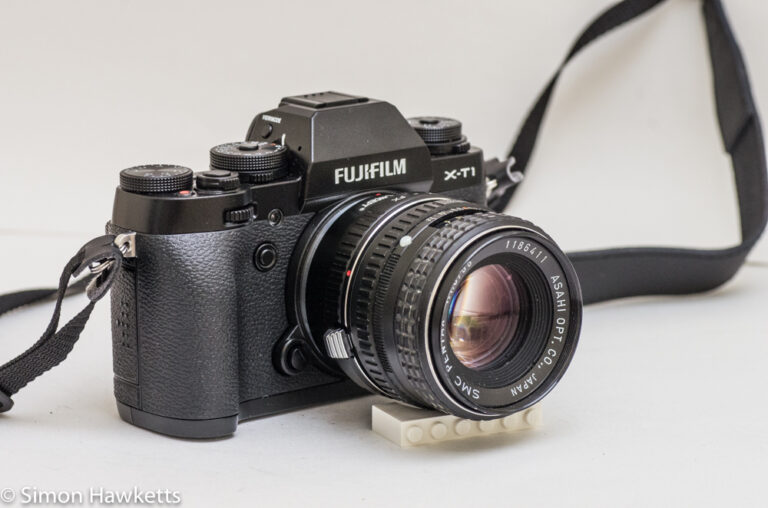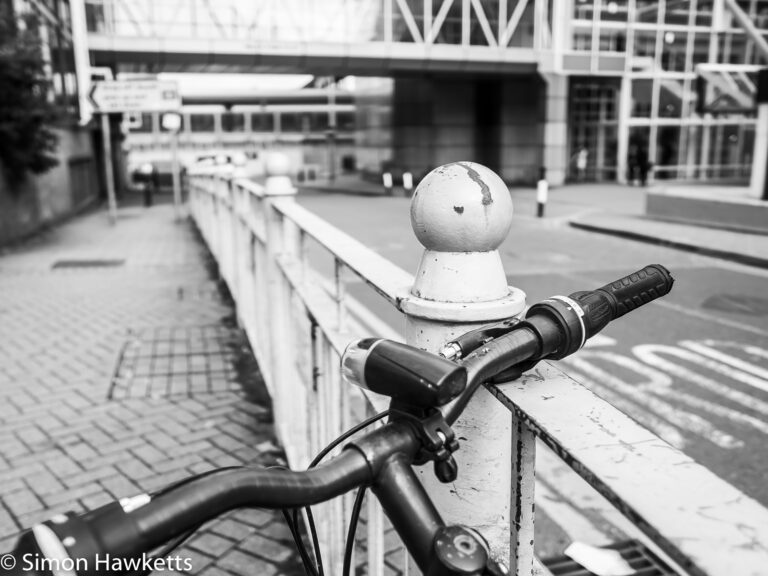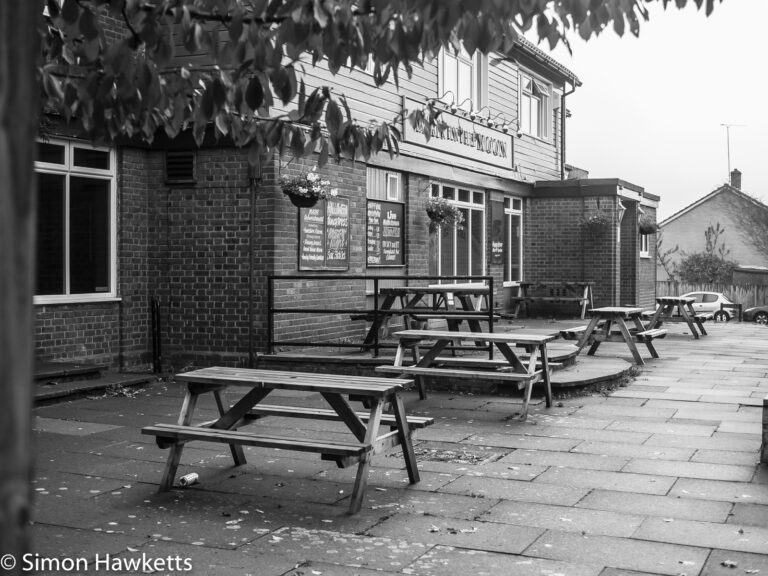Panasonic HDC-HS9 EB HD Camcorder user review.
This post describes my impressions of the Panasonic HDC-HS9 digital camcorder, which we bought after we lost a valuable recording on our old DV Tape camcorder.
We use a camcorder in the same way that most families use a camcorder – basically for making movies of the children, family events and holidays. We first bought a digital camcorder when our first child James was born in 2002 and haven’t had any need to change it until I had a disaster a year or so ago and accidentally recorded over the tape we had made of our daughter Emma’s dedication.
We’ve been very careful ever since but it was becoming a real pain to do anything because being a DV tape camcorder the only way of checking if there was anything on the tape was to fast-forward through the whole tape. This invariably meant that we would buy a new tape and put only a few minutes of video on it.
Since we bought an HD TV last year I have been interested in replacing the old camcorder with a newer HD model and with the value of the pound dropping like a stone at the moment we decided that it might be a good idea to get one before the price started to rise. We wanted to make sure that we have no more accidents, so a requirement was the ability to record onto a random access device – either memory card or hard disk.
We took the plunge last month and bought a Panasonic HDC-HS9 from Amazon. I also considered the Sony HG3 which looked really nice but being memory stick rather than SD card was a bit difficult for us since everything else we have is SD card. Also at the time the Sony was about £40 more than the Panasonic and doesn’t have an internal hard disk. At the time the model we eventually bought with a 60G hard drive as well as an SD card slot was only about £4 more than the version without the hard drive (HDC-SD9) so it was quite a simple choice.
In common with most modern camcorders, the device is incredibly small and light in the hands. This is a good thing because it is easy to put in your coat pocket, but it’s also means that the camera can be fiddly to use. I’m not a regular or advanced video camera user so I mostly keep everything set to the auto settings but it might be a bit difficult if you need to be constantly adjusting things. For example, if you wanted to use the manual focus you would need to adjust it with the ‘joystick’ type control which is located on side of the camera. I could see this being very tricky if you needed to actually adjust it whilst taking a shot, although it wouldn’t be too difficult to focus on something before you start the shot and rely on having a wide depth of field to keep things in focus.
The camera has a wide-screen monitor which folds out from the side to reveal the controls to set the camera up. The battery clips into a compartment at the end of the camera and makes the camera nicely self-contained. To turn the camera on there is a single wheel switch at the top which allows you to set the camera to record to hard disk, record to SD card or playback. The memory card sits in a little slot underneath the battery protected by a drop-down door. At the front of the camera the lens is protected by a lens cover which automatically opens when the camera is turned on, and the 5.1 microphone sits in the camera body above the lens. The zoom control which is on the top of the camera, sits nicely under the finger when you hold the camera.
The camera can record in four different quality standards, three in full HD (1920 x 1080) and another in 1440 x 1080. Basically the different recording standards just apply more compression to the picture and therefore let you record more in the memory you have available. Because there is a hard drive in the unit I’ve recorded everything in the highest quality and found the results to be very good.
The most noticeable features are
- Optical image stabilisation which compensates for small amounts of hand shake whilst you are filming.
- Face recognition software which detects faces in any shot you are taking and adjusts the exposure to make the face correctly exposed. The only slightly odd thing about this is that I’ve found that you can sometimes see the exposure change as a face is recognised. I’m not yet sure if this is going to be something which I will use or not.
- The shooting guide which anyone who is a regular video recordist would probably find annoying but I find quite helpful. This will detect what you are doing and offer tips as you carry out actions. The most common message I see is that the camera is panning too quickly, which is the sort of thing that you learn not to do quite quickly when the camera reminds you not to do it often.
The oddities that I’ve noticed are
- To play the video back via the HDMI interface requires that the battery be removed because the socket is behind the battery. You therefore have to have the unit plugged into the power supply to do this.
- Spare batteries from Panasonic are ridiculously expensive. At the moment, to get a replacement for the standard battery costs about £80. Considering the whole camera was £399 that is beyond a joke. You can get batteries made by people other than Panasonic but the ‘amount of charge left’ indicator apparently doesn’t work unless you use the Panasonic battery.
Overall this is a good camcorder which gives good HD results. Because we’ve only had it a few weeks there are still loads of options which I haven’t explored but I think it’s going to give us good service over the next few years.

